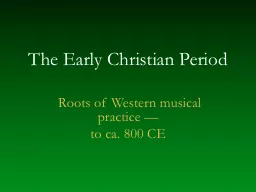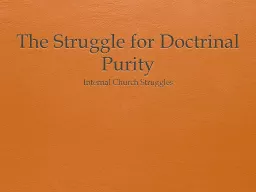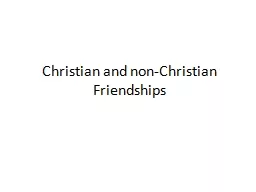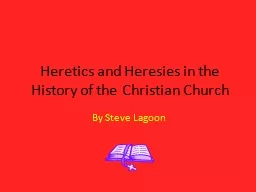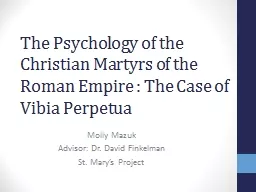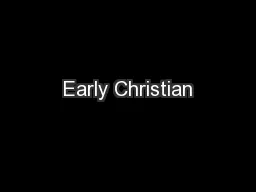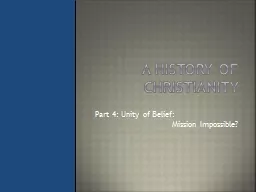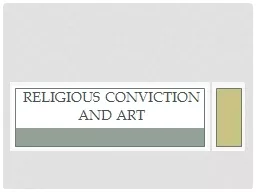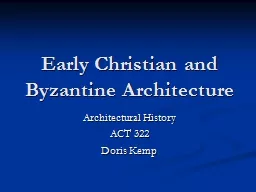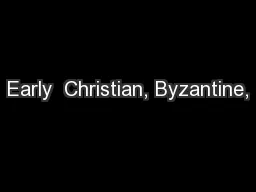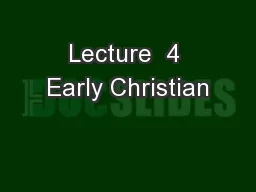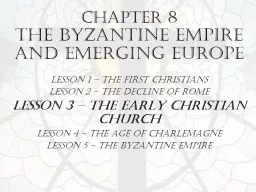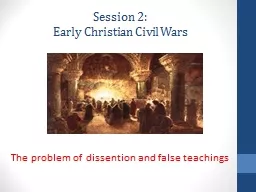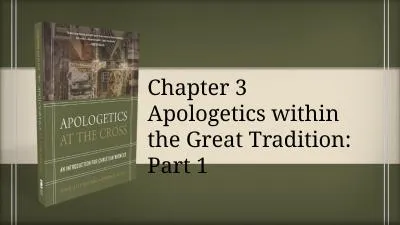PPT-The Early Christian Period
Author : tawny-fly | Published Date : 2015-10-18
Roots of Western musical practice to ca 800 CE Old Testament ideas about music Singing and dance as responses to Gods goodness Music and poetry as prayer
Presentation Embed Code
Download Presentation
Download Presentation The PPT/PDF document "The Early Christian Period" is the property of its rightful owner. Permission is granted to download and print the materials on this website for personal, non-commercial use only, and to display it on your personal computer provided you do not modify the materials and that you retain all copyright notices contained in the materials. By downloading content from our website, you accept the terms of this agreement.
The Early Christian Period: Transcript
Download Rules Of Document
"The Early Christian Period"The content belongs to its owner. You may download and print it for personal use, without modification, and keep all copyright notices. By downloading, you agree to these terms.
Related Documents

